Radiant cooktops generate heat and transfer it to the pot through their ceramic tops. However, Induction cooktops generate an electromagnetic field that induces heat inside the pot or pan. Also, induction cooktops are usually more expensive than radiant cooktops.
When we wanted to move houses, my wife and I had a long conversation about the remodeling process. She wanted many new additions to the kitchen, and we had agreed on everything, but the choice of the cooktop was the most stressful.
I didn’t see why she preferred a radiant cooktop over the induction cooktop. In this article, we will discuss the difference between both cooktops to aid your family’s choice.
How Radiant Cooktops Work
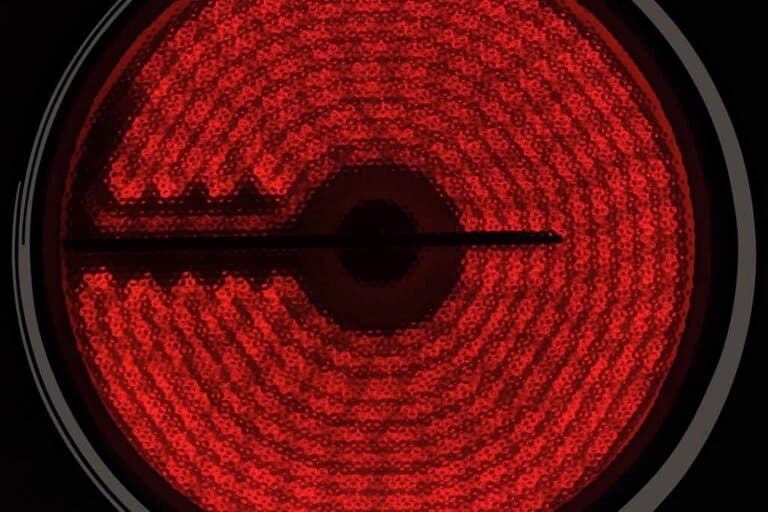
Heat transfer takes place at every stage and between every component in a radiant cooktop. Once electricity is passed through a heating element, the heat produced is radiated to the cookware through the ceramic top.
The surroundings of the cooktop aren’t considerably heated up so it’s safe to handle the cookware. Radiant cooktops are popular because most people are familiar with how they work.
Radiant cooktops come in electric and gas variants. An electric radiant cooktop is a self-regulating appliance that goes off and on to maintain your preset temperature. However, the gas radiant cooktop comes with a fine-grained control where you can adjust the temperature.
Pros
- It is easy to use for less experienced cooks.
- Different types of cookware can be used on radiant cooktops including ceramic, metal, copper, and porcelain materials.
- They come in varying burner sizes to accommodate the different sizes of cookware.
- They have multiple burners for simultaneous cooking.
- When smaller cookware is placed on a larger burner, they regulate themselves to only the surface area of the pot or pan.
- They are generally cheaper than induction cooktops.
- It is best for the preparation of small food with smaller cookware.
- They can be durable if well maintained.
- A radiant cooktop gives almost instant heat because it uses infrared heating.
Cons
- Harder to clean when food is spilled over it.
- It sometimes takes longer to heat thick or large cookware.
- When used in large, thick pots, there may be uneven heating across the surface.
How Induction Cooktops Work
Induction cooktops work differently from their radiant cooktops. The induction cooktop uses a two-step process. The first step involves inducing the copper coils to create an electromagnetic field. This electromagnetic field itself doesn’t cause any heat.
In the second step, an iron or stainless steel pan is placed on the cooktop. The electromagnetic field induces many small currents in the iron pot, which turn into heat.
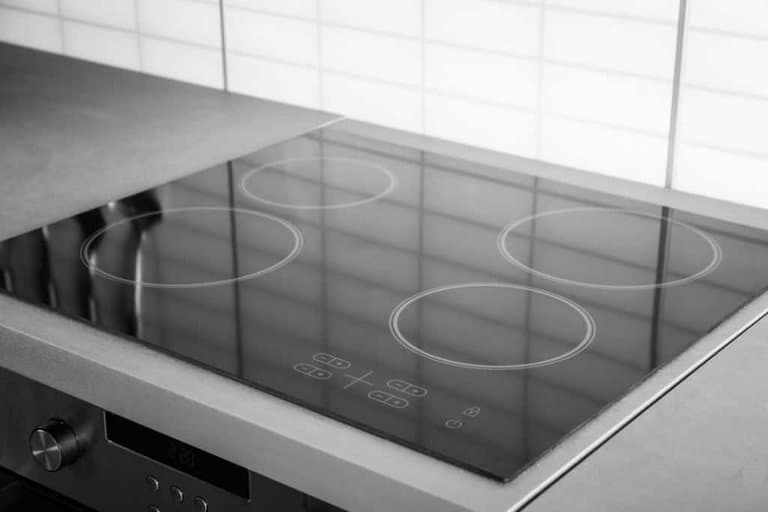
The difference between the radiant process and induction is that the induction coils don’t heat; only the pot or pan heats up in induction. Every other component in the radiant cooktop heats up before heating the cookware.
It is worthy to note that the cooking experience on induction cooktops is different from gas and electric cooktops. This difference can be especially jarring for first-time users.
Pros
- They require more learning before they can be used effectively.
- They heat up rapidly and reduce the cooking time.
- They come in elegant designs.
- They are durable.
Cons
- They are selective as they only work with metal cookware which can be induced using an electromagnetic process. Hence, only cast iron, steel, enamel cast iron, and stainless-steel pots can be used with them.
- You can only use flat and smooth-bottomed cookware with induction cooktops.
- They are more expensive than radiant cooktops.
Main Differences Between Radiant And Induction Cooktops
Induction Cooktops are Safer than Radiant
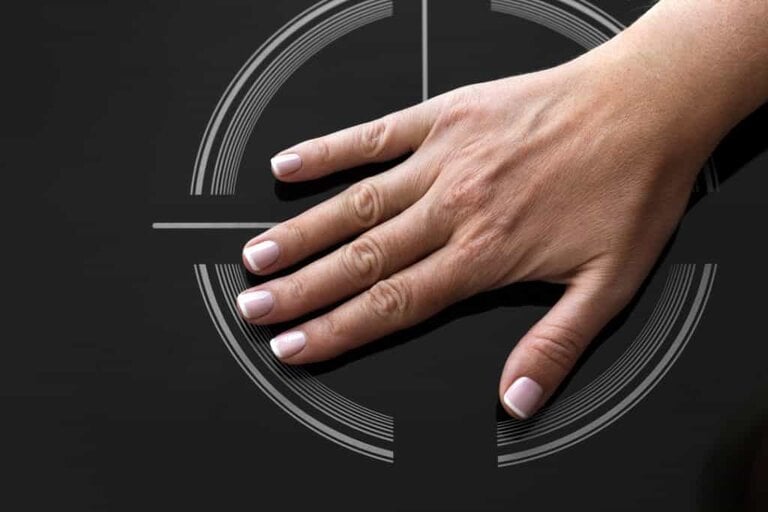
Safety is an important factor to consider in the kitchen, especially with children around. As stated earlier, the radiant cooktop continues to reflect heat for a while after cooking has been completed, and people in the home may not be aware.
They may accidentally rest on or touch the surface and may get burnt.
However, this is not the case with induction cooktops because they instantly stop working once the pot is removed. They don’t start working until a compatible pot has been placed on the surface, making them the safer choice.
There are some radiant cooktops that have indicators that show how hot it is after the cookware has been removed. Some electric tops also come with a child lock to prevent tampering.
Induction Cooktops Are More Expensive Than Radiant
induction cooktops are said to be in the upper class of domestic cooking appliances when it comes to cost. In contrast, radiant cooktops are more budget-friendly and advisable if you live alone or don’t have a large family.
Induction cooktops are usually the top choice of experienced chefs and heavy cookers because it offers better performance and speed in the cooking process.
However, induction cooktops use less electricity than radiant cooktops because of their speed. The average price for a 30-inch radiant cooktop is about $400, while its induction cooktop may be as high as $2,500.
Induction Cooktops Are Faster Than Radiant Cooktops
Since the radiant cooktop relies on being heated by gas or electric means, some energy is lost in the process by design. This means that the warmth that would have gone into heating the food would be lost to the environment.
This automatically prolongs the cooking time. On the other hand, induction cooktops only need about half the time radiant cooktops spend cooking the same meal.
Induction Cooktops Conserve More Energy
Stopping unnecessary heat loss is great for the planet. With the induction cooktop, little or no warmth is lost because the cookware is induced to generate its own heat. This heat instantly transfers the heat to the food instead of the heat loss experienced with radiant cooktops.
Also, for many minutes after cooking, the radiant cookware gives off heat into the atmosphere while it cools.
Induction Cooktops Are Easier To Clean
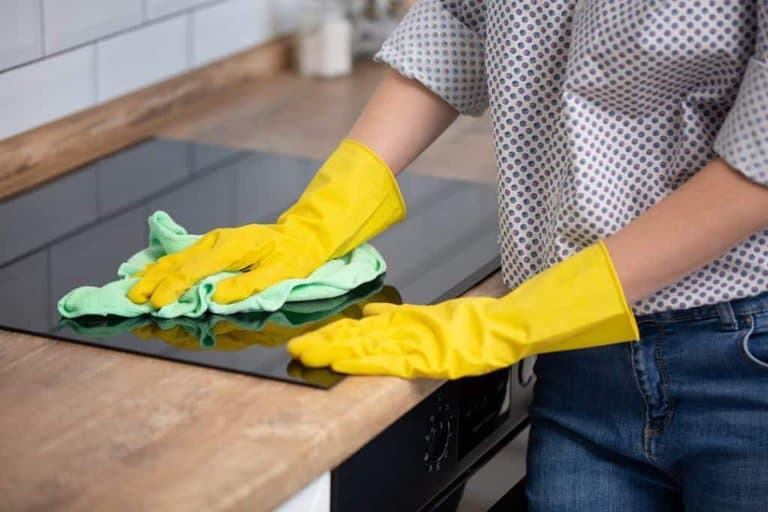
Both induction and radiant cooktops are finished with a smooth and flat ceramic top, making them easy to clean. You can simply wipe them down with a clean cloth. Dip the cloth in a bowl of soapy water and wipe thoroughly to clean cookware surfaces.
The radiant surface actually gets hot during cooking; thus, if any food material spills on it, they tend to get stuck. If they are not immediately taken care of, they may prove difficult to clean. They begin to stain the surface and can lead to damage to the radiant cooktop.
It is also not advisable to clean radiant surfaces immediately after cooking because they can remain hot for minutes after.
They Have Different Heating Process
The radiant cooktop heats up the cookware by releasing heat of its own, while the induction cookware simply induces the cookware to generate its own heat using an electromagnetic field.
Once you have completed the cooking process, the radiant cooktop will continue giving off heat until it gradually cools off. However, the induction cookware was never hot in the first place, so once you are done cooking, the surface is instantaneously cooled.
Radiant and induction cooktops are preferred to the traditional gas and electric cooktops because:
- They do not require preheating as some electric cooktops do.
- They are more energy-efficient than electric cooktops.
- They are a lot easier to clean compared to gas or electric burners.
- They can withstand low humidity levels and function properly.
Having considered all of the above, I hope you’ve decided on your ideal cooktop. You may have to make a choice based on your budget, kitchen needs, and personal preference for your kitchen.
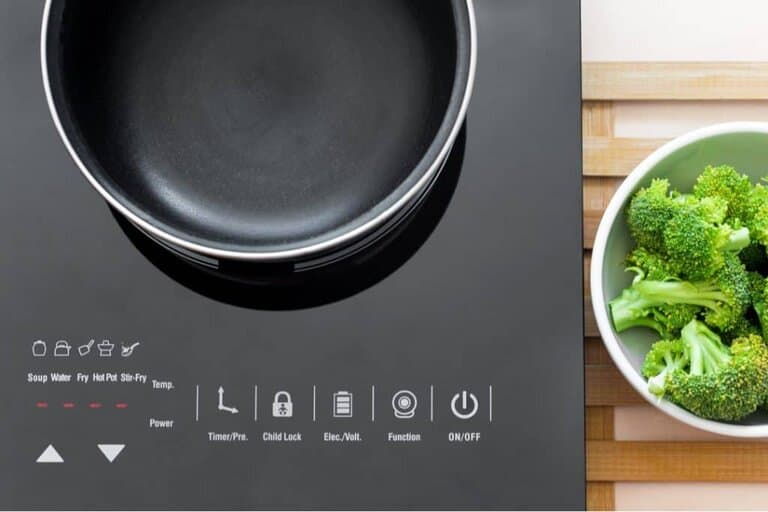
FAQs About Radiant And Induction Cooktops
Can I Use An Induction Hob If I Use A Pacemaker?
Using anything that produces a strong electromagnetic field as an induction hob may interfere with your pacemaker. It is advisable that you keep a distance of at least 2 feet from your stovetop to your pacemaker.
Can I Use Ceramic Cookware On My Radiant Cooktops?
Although radiant cooktops have a ceramic finish, you can use ceramic cookware on them. However, you must be sure to use a thick and flat-bottomed pot or pan. If not, stick to other cooking vessels.